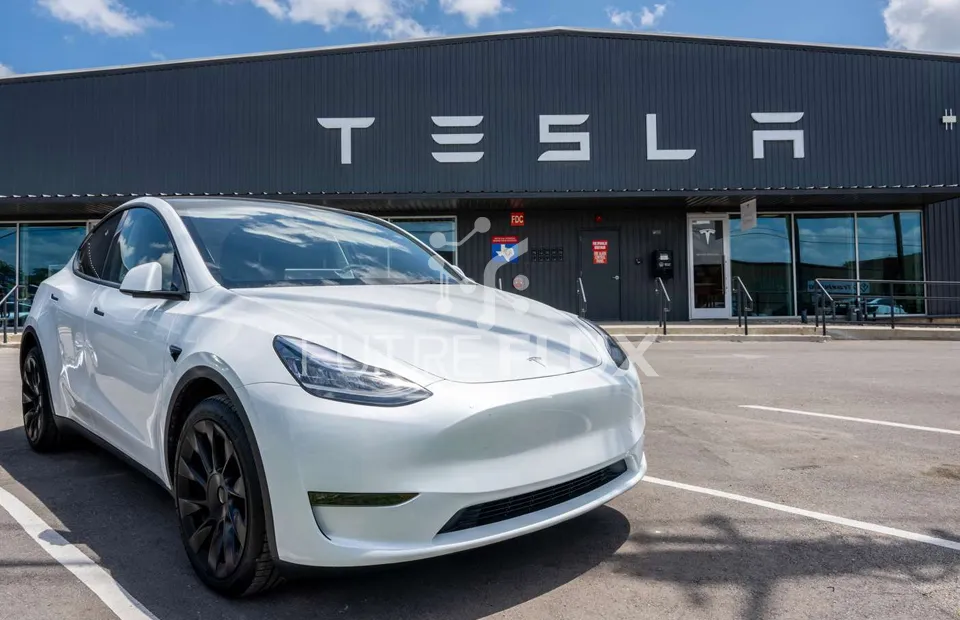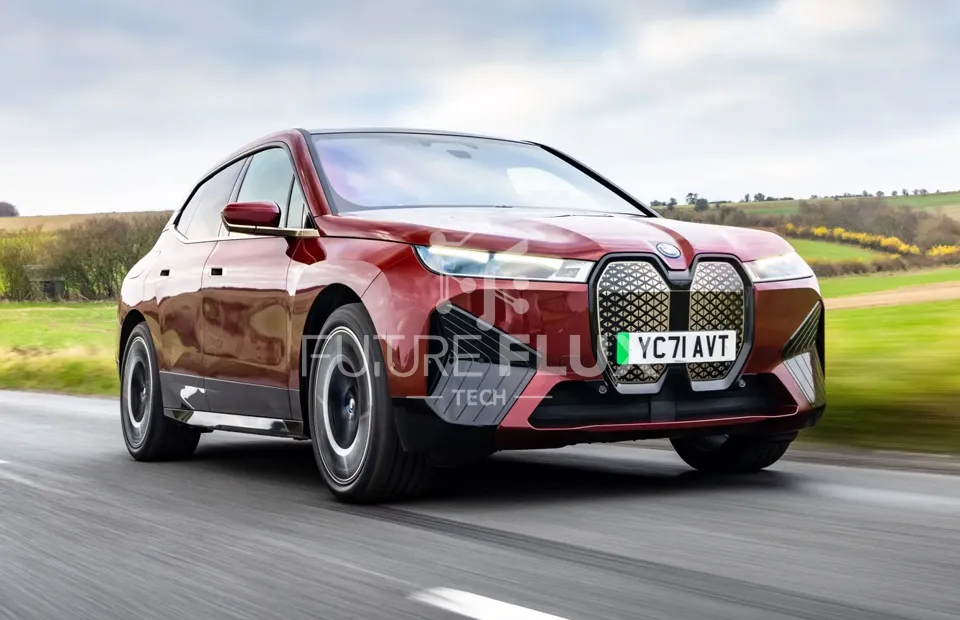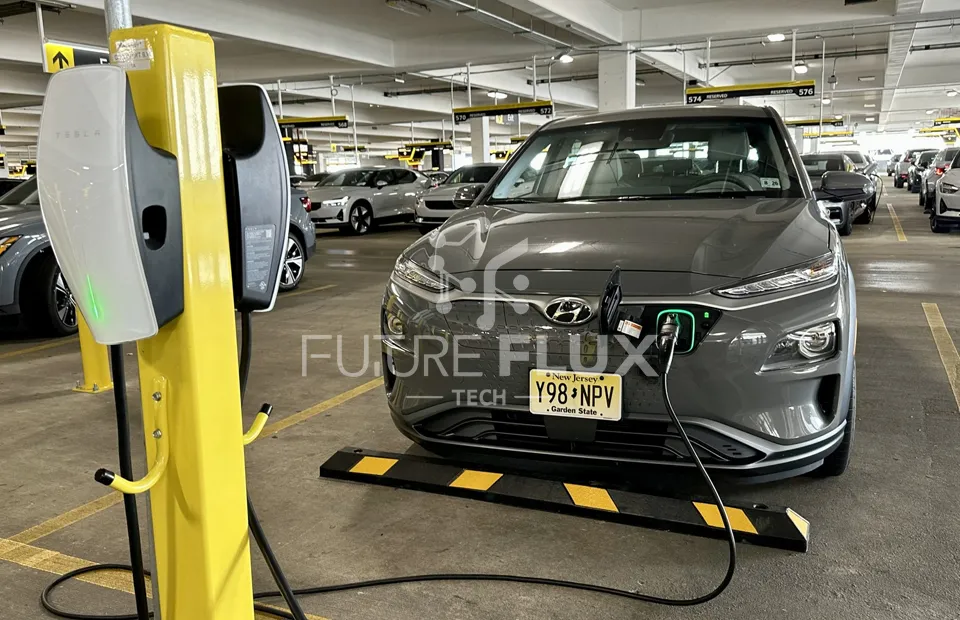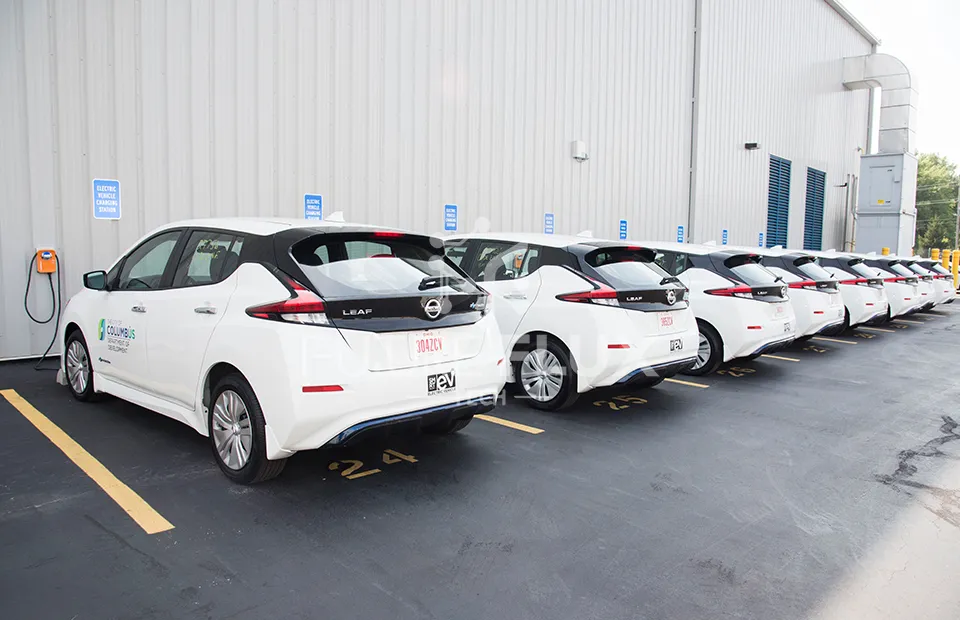As companies move to more environmentally responsible and sustainable operations, electric vehicle (EV) fleet management becomes more important. From financial savings and enhanced EV fleet performance to major environmental benefits, good EV fleet management has many advantages. Focusing on the need of EV fleet software and other essential components, this article explores the multiple benefits of electric vehicle fleet management.
Benefits of electric vehicle fleet management

Electric fleet cost savings are among the most convincing benefits of electric vehicle fleet management. While electric cars (EV) save a lot of fuel and maintenance, traditional internal combustion engines (ICE) vehicles pay heavy prices in both categories.
Generally speaking, electric cars have less energy consumption than gasoline or diesel. Particularly for fleets with high mileage, this yields notable fuel savings. Whether obtained from the grid or from renewable resources, electricity usually is less expensive and more consistent in cost than fossil fuels. Better financial budgeting and preparation made possible by this stability help fleet operations.
For example, a research by the International Council on Clean Transportation (ICCT) revealed that overall EV total cost of ownership (TCO) is usually lower than that of ICE vehicles. Lower energy prices and less maintenance required help to explain this. With time, these savings may build up and create a compelling financial logic for switching to an electric fleet.
Reduced wear and tear results from EVs having less moving components than ICE vehicles. Reduced downtime and decreased maintenance expenses follow from this, hence improving cost effectiveness. EVs either entirely lack or simplify components including the sophisticated vehicle elements seen in ICE vehicles, the transmission, as well as exhaust systems. Less parts that might wear out or break down follow from this simplification.
Maximizing fleet operations depends on better EV fleet software being used. With immediate analytics and data, this program helps fleet managers make wise decisions and raise general effectiveness. This guarantees efficient usage of cars, therefore lowering unwarranted energy use and mileage. The program can suggest the most effective paths by means of traffic pattern analysis, meteorological data, and vehicle performance statistics. Along with saving energy, this shortens travel time, therefore improving productivity.
A logistics company might, for instance, maximize delivery routes using fleet management software. The program may design a path that guarantees timely delivery while optimizing consumption of energy by weighing elements including delivery windows, congestion on roadways, and charging station locations. Predictive maintenance becomes possible with EV fleet systems. By tracking vehicle health and forecasting maintenance requirements, the program helps to prevent unplanned breakdowns and hence increase the fleet’s lifetime. Every component including battery life, motor performance, and tire pressure is continuously monitored by sensors inside the vehicles. Potential problems are found by use of this data before they become expensive repairs.
Role of EV fleet maintenance

The lifetime performance of an EV fleet depends mostly on efficient maintenance. Good management guarantees that vehicles stay in best shape, therefore lowering the possibility of expensive repairs. Fleet management systems simplify regular inspections and periodic checks, guaranteeing timely maintenance and reducing downtime. The program warns fleet managers when a service is required and plans maintenance activities. By being proactive, small problems avoid becoming major ones.
Regular tire inspections, for instance, can help to prevent blowouts. Periodic battery system inspections help to guarantee best performance and lifetime. Strict maintenance plans help fleets to keep their cars on the road and prevent unplanned failures. The program tracks battery condition, offers information about possible problems and charging patterns. Over time, this proactive strategy helps to sustain battery performance and efficiency. One of the most important parts of electric vehicles (EVs), batteries directly affect their dependability and range.
How to build Electric Vehicle Fleet Charging Infrastructure?

Track temperature conditions, charging cycles, and battery use patterns using electric vehicle fleet management software. Early intervention is made possible by this information allowing one to spot any variations from usual performance.
Good design and location of charging stations guarantee that cars have simple access to charge, so reducing downtime and increasing output. Strategic location of charging stations should coincide with fleet operational patterns. This covers setting chargers along main roads, significant transit hubs, and at central depots.
At its main hub, for instance, a delivery company might set up fast chargers and slower charges at regional hubs. This guarantees that cars can swiftly replenish during brief pauses and completely overnight. Strategic placement guarantees that vehicles are constantly ready for their next job and helps to minimize the necessity for diversions. By helping to balance the demand on the electrical grid, electric vehicle fleet management software guarantees effective energy utilization and helps to prevent overloads. Demand on the grid rises as more vehicles charge concurrently. Good load control guarantees equal distribution of this demand, therefore preventing power interruptions and lowering energy expenditures.
The program can set charging timings to maximize off-peak electricity rates, therefore saving even more expenses. It can also give charging for vehicles that must be put into use top priority, therefore guaranteeing that important operations are not interfered with.
Electric fleet driver training
To maximize the advantages of an electric vehicle fleet requires appropriate training. Training for electric fleet drivers guarantees drivers’ knowledge of effectively running and maintaining EVs. Considering the subtle aspects of electric propulsion and regenerative brake systems, drivers pick up effective operation of EVs. Drivers of electric vehicles (EVs) must be conversant with their unique operating characteristics if they are to maximize efficiency and performance.
Issues such as improving acceleration and braking, controlling energy use, and knowledge of how driving behavior affects battery life can all be covered in training courses. Fleets can guarantee that their vehicles operate to their best by arming drivers with the information and abilities required. Training covers fundamental maintenance tasks drivers can complete, such tire pressure checks and battery health monitoring, thereby improving the general fleet condition. Usually the first line of protection in spotting any problems, drivers’ awareness of maintenance requirements helps to stop them from getting worse.
Drivers can be taught, for instance, to quickly report unexpected noises or changes in vehicle performance—that is, warning indicators. By ensuring that little problems are resolved before they become large ones, this proactive strategy helps to lower repair costs and downtime.
Environmental Benefits of EV Fleet

The improved environmental effect of switching to an electric vehicle fleet is among its most important benefits. Zero tailpipe emissions from EVs help to clean the air and lower greenhouse gas emissions. Eliminating tailpipe emissions helps EVs lower fleet operations’ carbon footprint, therefore improving the environment and the air quality. Typical ICE vehicles spew carbon dioxide (CO2), nitrogen oxides (NOx), and particulate matter among other contaminants. These emissions fuel respiratory issues, climate change, and air pollution.
Conversely, EVs generate no tailpipe emissions, therefore drastically lessening the environmental impact of fleet operations. In cities especially, where air quality is a major issue, this is especially crucial. Changing to an electric fleet lets businesses help to create a better neighborhood and cleaner air. Choosing electric vehicles shows a dedication to environmental preservation and fits corporate sustainability objectives, therefore strengthening the company’s attractiveness to environmentally minded consumers. Many businesses are aiming high for sustainability, and switching to an electric fleet is a concrete method to reach those ambitions.
A corporation committed to lowering its carbon footprint, for example, can highlight its fleet of electric vehicles as an important component of its environmental plan. This not only satisfies legal needs but also improves the brand image of the business and draws investors and environmentally concerned consumers.
Final words
From cost reductions and enhanced efficiency to major environmental benefits, electric vehicle fleet management presents a wide spectrum of advantages. Businesses may enhance the performance and environmental impact of their electric fleets by using EV fleet software, adjusting maintenance, developing a strong charging infrastructure, and offering thorough driver training. Along with supporting business sustainability objectives, the shift to electric vehicles helps to create a cleaner, greener future.
FAQs
Why do fleets of electric cars find maintenance easier?
It is because EVs have less mechanical components than conventional ICE vehicles, wear and tear is minimal. Simple routine maintenance chores abound; predictive maintenance using fleet software helps avoid more significant problems.
What is the role of charging infrastructure in EV fleet management?
Charging infrastructure guarantees that, as needed, electric cars have access to power. Minimizing downtime and improving operational efficiency depend on the location of charging stations and efficient load control.
How might electric vehicle fleet management systems raise performance?
Electric vehicle fleet management checks vehicle health, energy use, and driver behavior to maximize routes and driving techniques, therefore enhancing EV fleet performance and efficiency.
I’m Waqas, an electric vehicle enthusiast and tech writer with over 6 years of experience covering the EV industry. I write in-depth articles, comparisons, and reviews to help readers understand the fast-evolving world of electric mobility. From battery technology to EV launches and charging trends, I aim to make complex EV topics simple, engaging, and informative for everyday drivers and curious readers alike.





